For the best results when cutting polypropylene ropes and weave webbings, use only a webbing cutter. It works based on melt-cutting at the optimum temperatures of 170-180 °C. Today, we will show you how to work with it.
When cutting ropes or webbings it is necessary to follow safety precautions in order to avoid burns from a blade or molten polypropylene ropes.
Caution: There is a higher temperature not only at the place of incision but a few centimetres from it as well.
Stationary fusible webbing cutter
Webbing cutter is a simple device based on the principle of resistive wire. Cutting is performed by using a heated thin stationary blade (cutting tool). The blade is on the upper side which is provided with a small cutting edge and is long enough to cut even thick ropes and wide webbings. The main advantages of a melting cutter are:
The optimum melt temperature during cutting
The correct temperature of the cutting blade is very important. A temperature lower than the melting point of polypropylene extends cutting or can make it impossible. Holding the rope on the blade for a long time leads to an imperfect choppy cut of the rope. Conversely, if the temperature is too high, it leads to an unnecessarily large overflow and to the degradation of the material in the cut. The cutter is set to the correct temperature and maintains it continuously.
Hands free while cutting the rope
When working with a webbing cutter, we have both hands free and we can easily achieve a bevel cut. There are also small hand cutters. Their only drawback is that you have to hold it in one hand which makes cutting at an angle harder to do. However, the manual cutter makes it easier to cut ropes and webbings in a perpendicular direction.
The procedure and rules for cutting ropes
1. The direction and angle of cutting
Ropes for producing leashes and harnesses need to be cut at an angle of 45-55 °. Take the rope in both hands and begin to cut starting from the thicker part to the thin end of the tip. This way we achieve the desired angle and the tip will have a sharp edge with no splitting.
2. The technique of cutting
Do not press the rope against resistance under big pressure! The cut is performed with a combination of pressure and a sideways movement (cutting). When properly cut, the cutting edge should be sealed smoothly.
3. The speed of cutting
The correct cutting speed and pressure exerted on the rope is another important factor that requires practice and experience. With slow cutting, large quantities of material is molten, which creates a large overflow. Whereas, fast cutting leads to splitting tips.
TIPS for beginners
The rope can be sealed with tape before the cut, which will help us with cutting until we gain the necessary experience. The rope will be homogeneous and easier to cut. Just be careful, especially with thicker ropes. If we seal the rope with tape too tightly, molten material will stick to the tape and will be impossible to remove.
Cutting ropes and webbings using the cutter is quick and after some practice quite easy. The big advantage is that the cut edge is sealed by melting and there is no need for additional technological operations.
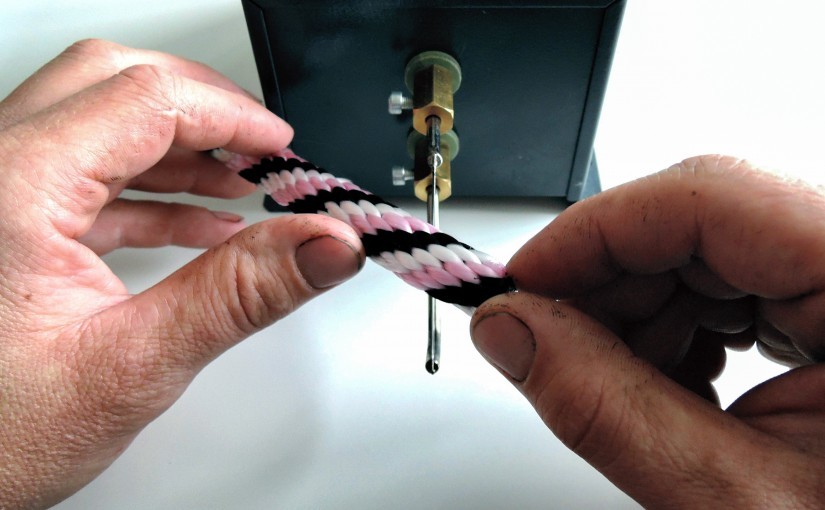
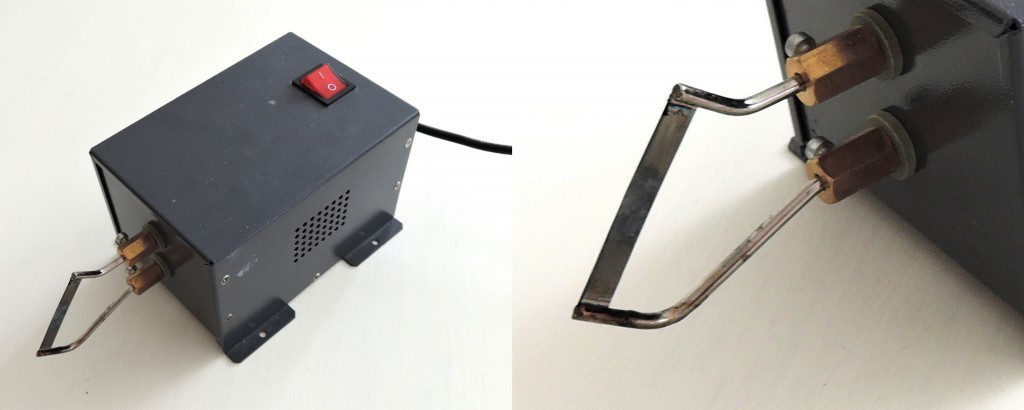
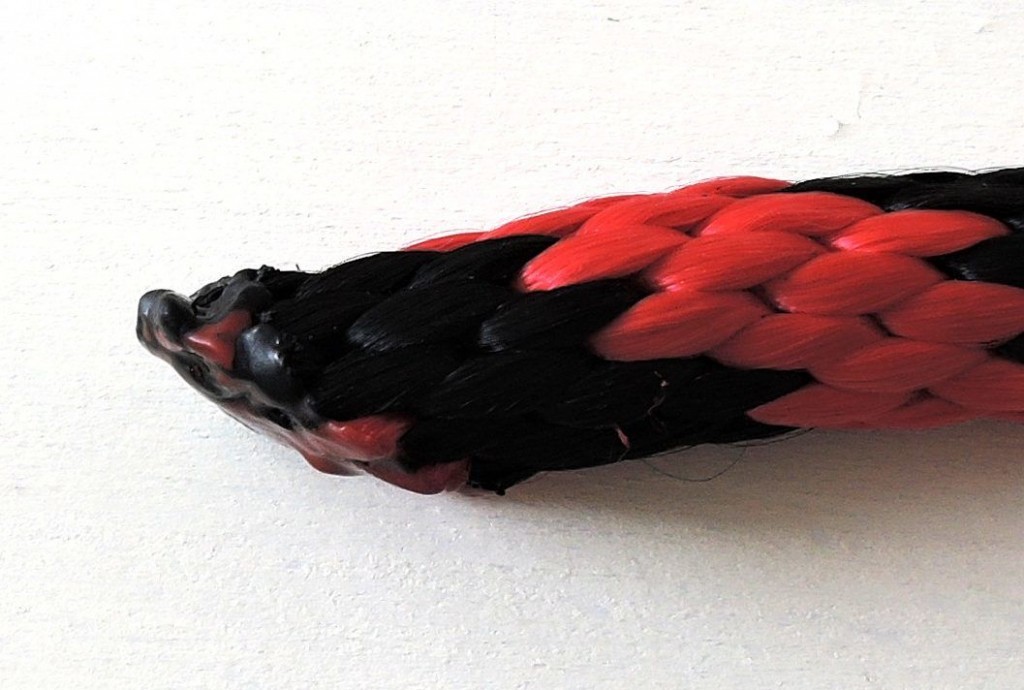
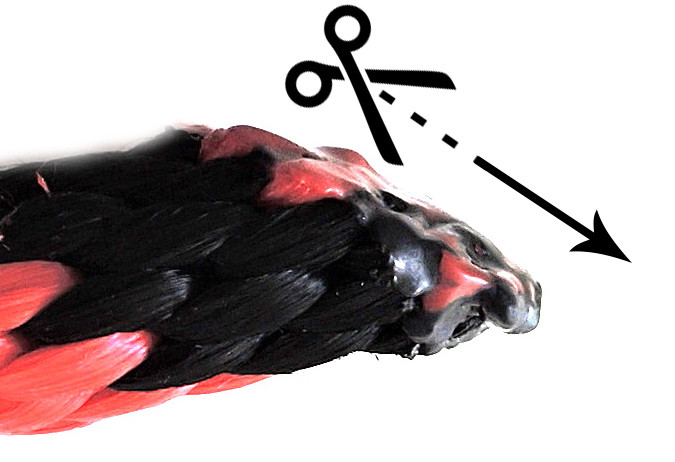

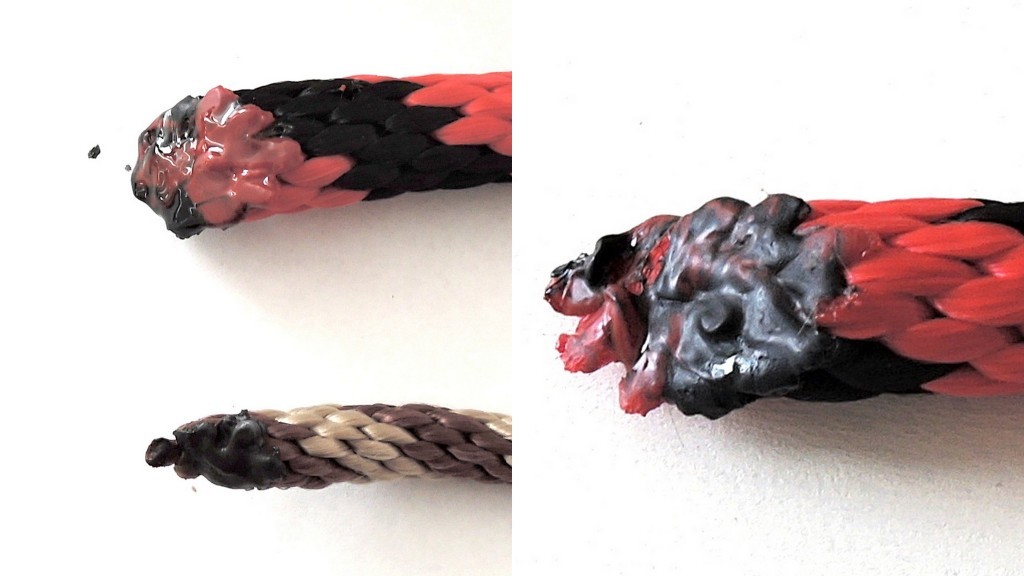


Pethardware.com
The only shop you’ll ever need for crafting collars and leashes.
Visit Pethardware.com